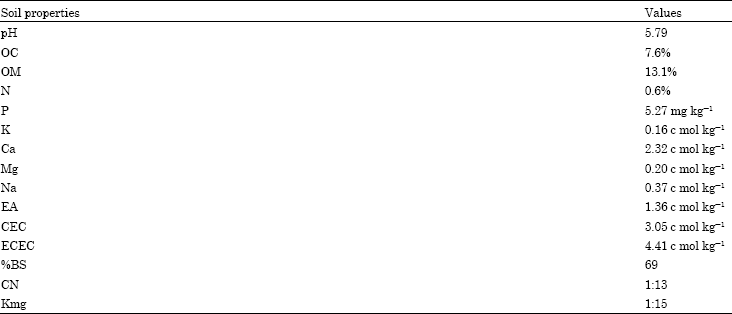Research Article
Soil Nutrient Status and Nutrient Interactions as Influenced by Agro Wastes and Mineral Fertilizer in an Incubation Study in the South West Nigeria
Department of Agricultural Science, Adeyemi College of Education P.M.B 520 Ondo,Ondo State, Nigeria
E. O. Adeleye
Department of Agricultural Science, Adeyemi College of Education P.M.B 520 Ondo,Ondo State, Nigeria















Mokwenye Anthony Reply
i have studied this research work and i did like to point out that the more light should be shared on how the incubation procedure was carried out. i also would like to thank the publishers of this research article for making the work free for all.